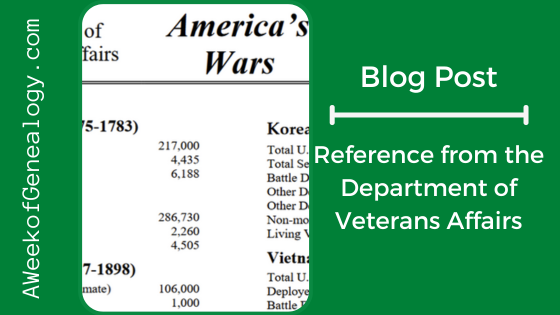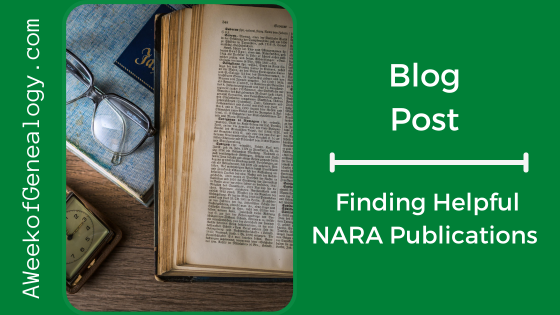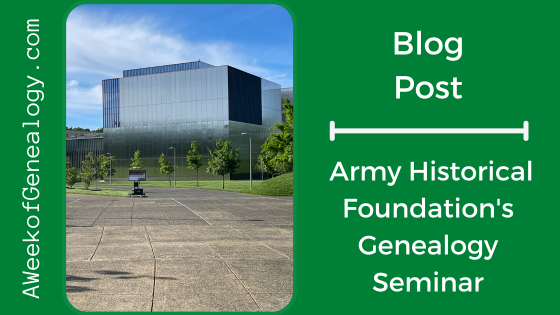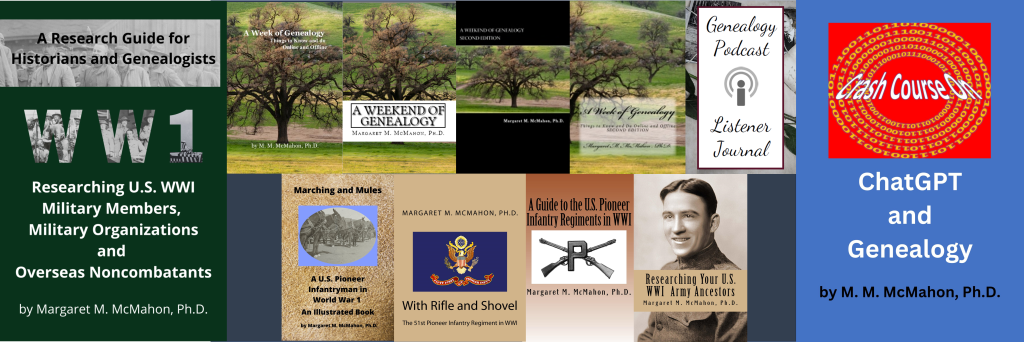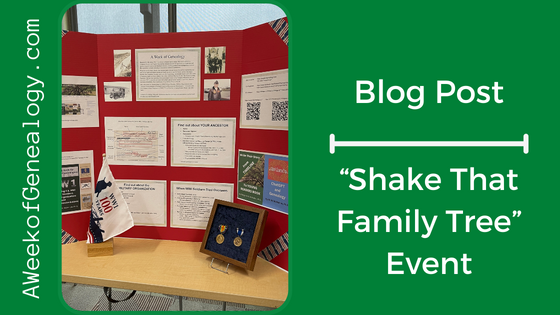Book Review: The Complete Guide to Lineage Societies

The first thing that intrigued me about this book was how such a thin tome was titled “complete.” It is a thin book that packs quite a punch! I learned that in this thin volume, Dr. Nagy provides readers with information about lineage societies, how to find them, how to learn about their missions, why you might want to join one, and how apply for membership. Rather than a detailed how-to about how to join one society, the book shares general information appropriate to any type of membership application, for any type of society.
Even though I have researched and successfully completed applications for the Sons of the Union Veterans of the Civil War (SUVCW), which was formed by the Grand Army of the Republic (GAR) as its successor, I admit to dragging my feet on a more involved membership application. I have been concerned about the quality of proof that I have gathered to document a couple of links in the generations of that application. This uncertainty has made me reluctant to begin the formal application process, so I was interested in reviewing this book.
An important part of applying for a society is understanding the eligibility requirements. The book gives general information about beginning membership application process, then documenting lineage or an ancestor’s qualifying service, and finally completing the application. There is also information about the types of membership that may be available in these societies. At the end of the book is an appendix with selected societies and a brief bibliography.
At the core of applications is the documentation of lineage or service. We are cautioned that applications for lineage societies may require updating the documentation of existing applications lineages to meet current genealogical standards. A valuable part of the book is a summary of documentation to seek when preparing an application: vital records, their substitutes, and qualifying service information. Each entry in the documentation categories might easily be the subject of a course or a book, but having a list of sources to examine in one place is helpful. Some of the valuable advice was to use online family trees as clues.
Dr. Nagy offers valuable advice, as she is a former Registrar of several lineage societies. In the preface, she tells us that compiling an application for a lineage society will use sound genealogical principles, but that it will employ skills that usual genealogy lectures do not cover.
Case Study 1
A family member of mine previously attended an annual Moby Dick Marathon in New Bedford, Massachusetts, so I decided to use the information in the Selected Society Listing Appendix to check out the Descendants of Whaling Masters. Their membership categories include descendants and relatives of masters and crew, but there is also a contributing membership level for interested individuals and youths who are not descendants. The website had a lineage outline form and an application for membership. The application contained information about the sources the society uses for verifying the Whaling Master Ancestor.
Case Study 2
I have been researching ancestors and collecting documentation for a membership application for a large hereditary society, with the intent that I will be well prepared to submit the application. I must confess that I have been uncertain about the quality of “proof” of the collected documentation links between a few generations, which made me hesitant to dive in and begin the process. Interestingly, while researching one of the challenging links, my work was able to provide documentation of a missing link for siblings of that ancestor. Sadly, that record did not explicitly state that the ancestor was linked to the siblings. Given that newspapers may be considered a substitute for vital records, filing that application may be in my near future.
While I know there are always people within a society willing to support applications, I have always wanted to ensure I enter any process on firm footing. Having someone to offer guidance on finding societies, seeking out sources, and navigating the application process can be invaluable. This book fulfills that role and helps you understand what to expect.
The book is available from Genealogical.com at https://genealogical.com/store/the-complete-guide-to-lineage-societies/ and other booksellers.
Note: A review copy was provided by the publisher

